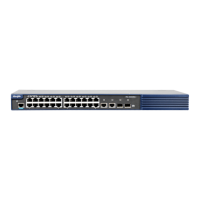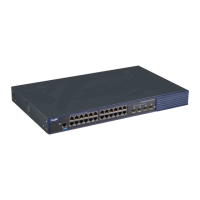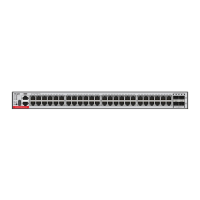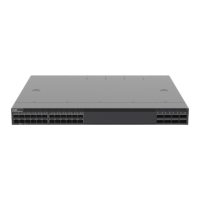Command Reference Protocol-independent Configuration Commands
Set the outgoing interface.
Set the next hop of the packets.
Set the priority of the packets.
Use this command to specify the next-hop IP address for the packets that meet the matching rule.
Use the no form of this command to remove the setting. This command is only used to configure
policy-based routing.
set ip next-hop ip-address [ weight ] [ …ip-address [ weight ] ]
no set ip next-hop [ ip-address [ weight ] [ …ip-address [ weight ] ] ]
Indicates the next-hop IP address.
Indicates the weight of this next hop.
Route map configuration mode
This command supports two operation modes: WCMP load balancing mode and non-WCMP load
balancing mode. In the former mode, the system implements WCMP load balancing according to the
weight entered by the user.
Multiple IP addresses may follow set ip next-hop and the number of addresses should be less than 32.
If weight follows any next-hop, the operation mode of this command will be
automatically switched to the WCMP load balancing mode. In the WCMP load
balancing mode, for the nexthop address without configuring the corresponding
weight, the weight is 1 by default.
If weight follows ip address, up to 4 next hop addresses can be configured.
This command can be used to set different routes for the traffic that meets different match rule. If
multiple IP addresses are configured, they can be used in turn.
Policy-based routing is a packet forwarding mechanism more flexible than the routing based on the
target network. After the policy-based routing is used, the device will decide how to process the packets
that need be routed according to the route map, which decides the next-hop device of the packets.
To use the policy-based routing, you must specify the route map for it and create the route map. A route
map contains multiple policies, and each policy defines one or more match rules and the corresponding
operations. After policy-based routing is applied to an interface, the packets received by the interface will
be checked. The packets that do not match any policy in the route map will be forwarded to the usual
route. The packets that match a policy in the route map will be processed according to the operation
defined in the policy.
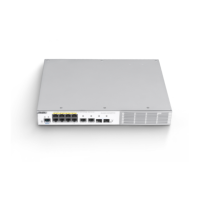
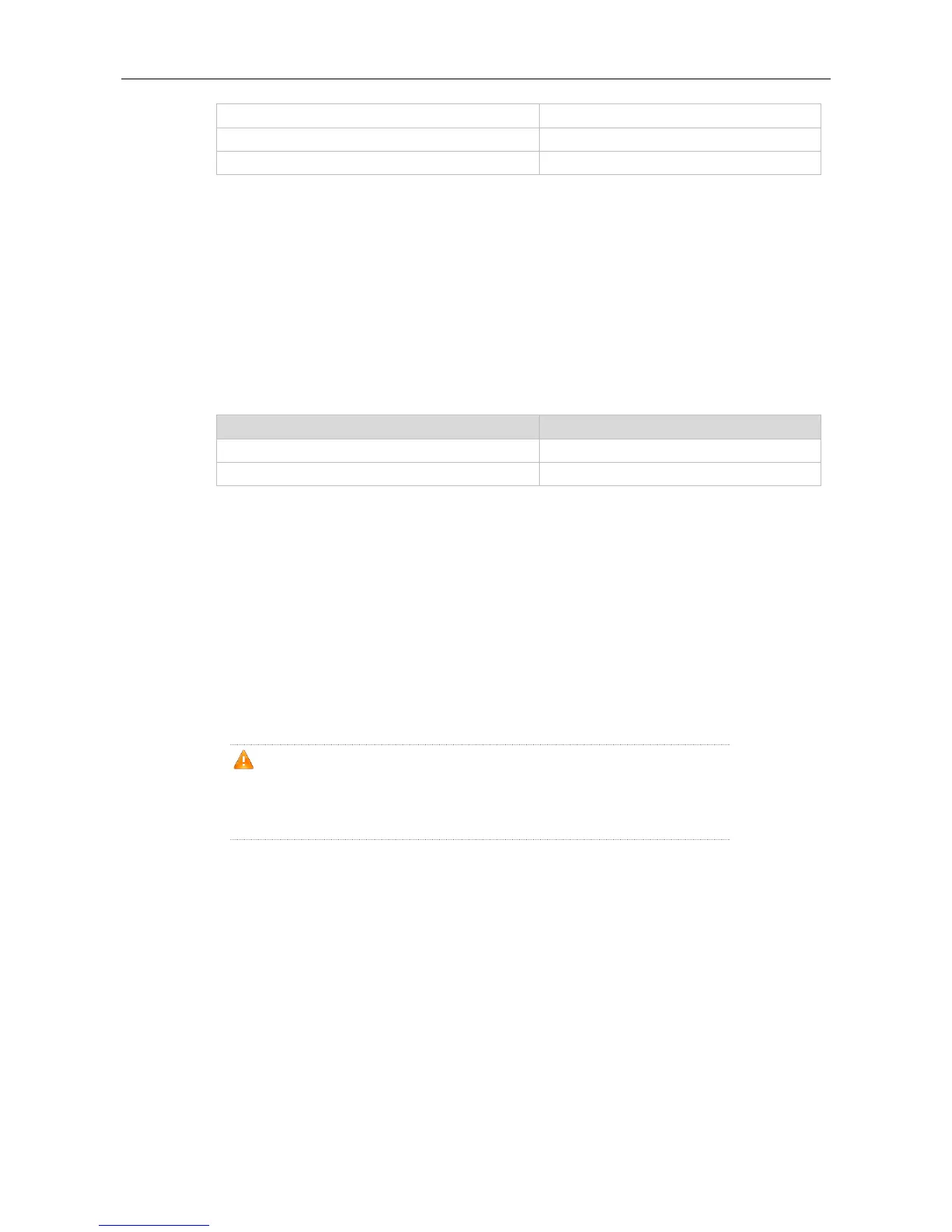